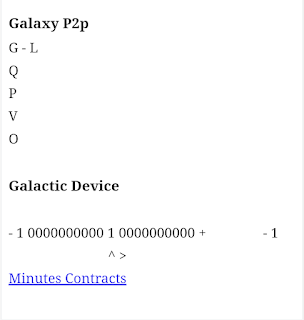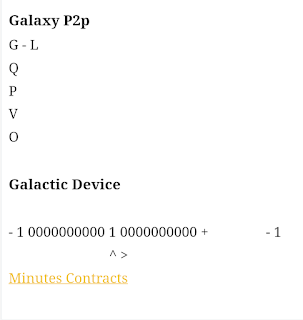0000000000 × 10
=
0000000000 × 10
~ /
10 = V ~
10
~ Visable Non Visable
Alpha
Centari
4:32
Determine the Distance: Alpha Centauri is approximately 4.37 light-years away from Earth.
Calculate Travel Time: To create a countdown clock, decide on a mode of travel and its speed. For instance:
Current Spacecraft: The Parker Solar Probe travels at about 700,000 km/h (430,000 mph).
At this speed, it would take approximately 6,700 years to reach Alpha Centauri.
Proposed Technology:
The Breakthrough Starshot initiative aims to send small probes at 20% of the speed of light.
At this speed, it would take around 22 years to make the journey.
Create the Countdown Clock: Use a time calculator to set the countdown.
For a realistic estimate with current technology: For Parker Solar Probe: Set a countdown of about 6,700 years.
For Breakthrough Starshot: Set a countdown of approximately 22 years.
When discussing visible light and the look-back time in the context of 4.3 billion years, it helps to consider how light travels and how we perceive distant objects:
Visible Light: Visible light travels at a constant speed of about 299,792 kilometers per second (or approximately 186,282 miles per second).
When we say that light from a star or galaxy takes a certain amount of time to reach us, it means we're seeing that object as it was in the past because the light has traveled through space for that duration.
4.3 Billion Years of Look-Back Time: If another star system is seeing the light from Earth and Alpha Centauri with a 4.3 billion-year look-back time, it means that the light that reaches this star system today started its journey 4.3 billion years ago.
Thus, the visible light they receive now shows how these objects were 4.3 billion years in the past.Example: For instance, if a star system 4.3 billion light-years away observes Alpha Centauri, it would see Alpha Centauri as it was 4.3 billion years ago.
The same would apply to observing Earth, meaning they would see Earth as it was 4.3 billion years ago, not as it is today.
In summary, the "visible light" aspect refers to how light from celestial objects, including Earth and Alpha Centauri, is observed as it was in the past because it takes a long time for light to travel across vast cosmic distances.
To calculate how many times light from Alpha Centauri would occur or "pass by" Earth every second, we can follow these steps:
Distance to Alpha Centauri: Alpha Centauri is about 4.37 light-years away from Earth.
Speed of Light: Light travels at approximately 299,792 kilometers per second (or about 186,282 miles per second). In terms of light-years, light travels 1 light-year per year.
Time for Light to Travel from Alpha Centauri: Since Alpha Centauri is 4.37 light-years away, it takes light from Alpha Centauri approximately 4.37 years to reach Earth.Convert the Time to Seconds:
There are about 31,536,000 seconds in a year (60 seconds/minute × 60 minutes/hour × 24 hours/day × 365 days/year).
Thus, light from Alpha Centauri takes: [ 4.37 \text{ years} \times 31,536,000 \text{ seconds/year} \approx 137,721,920,000 \text{ seconds} ]Frequency of Light Occurrences:
To find how many times light from Alpha Centauri would "pass by" Earth every second, we use the inverse of the time light takes to reach us: [ \text{Occurrences per second} = \frac{1}{137,721,920,000 \text{ seconds}} ] [ \text{Occurrences per second} \approx 7.27 \times 10^{-12} \text{ occurrences per second} ]
This result tells us that light from
Alpha Centauri would occur or "pass by" Earth at an extremely low rate of approximately (7.27 \times 10^{-12}) occurrences per second.








0 Comments